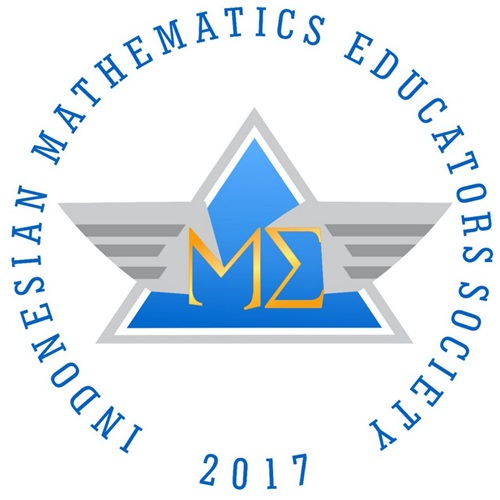Proses Berpikir Probabilistik Siswa SMA Dalam Mengkonstruksi Konsep Permutasi Dan Kombinasi
DOI:
https://doi.org/10.22437/edumatica.v7i01.3875Abstract
The ability to think in humans are naturally including the ability to think mathematically. Many activities conducted in the thought process among others see the possibilities that exist, making analysis and synthesis to reason or draw conclusions from the existing premises, weigh adan decided. Thinking activities in this section is closely associated with the process of probabilistic thinking. The thought process is one of the high-level thinking skills. However, there are still many students who have not been able to develop thinking skills to solve problems probabilistic.This caused one of them is still weak reasoning ability of students, especially in solving problems such as permutation and combination opportunities. In addressing this issue, we need a good analysis and the whole picture, so that it can provide the right solution. The analysis can give an overview to the problem is to consider the level of probabilistic thinking as developed by Jones were split into four levels of thinking that is subjective, transitional, informal quantitative and numerical. The results obtained from the test sheets and interviews show that the thinking of students Class XI SMA Negeri 9 of Bengkulu in resolving the permutations and combinations in general are still at the level of the transitional thinking. Students are still experiencing a process of change of the thought process based on his experience of being thought processes of quantification.
Downloads
Downloads
Published
Versions
- 2017-09-06 (1)
- 2017-09-06 (1)







